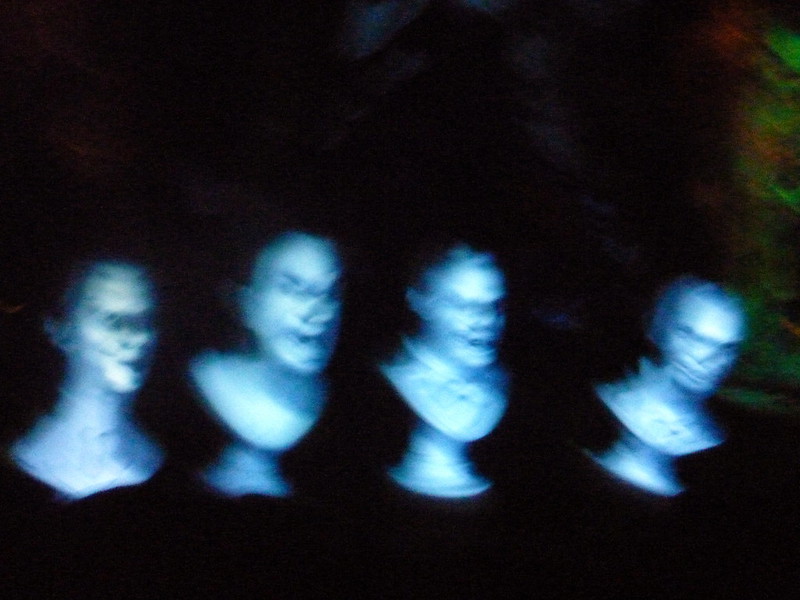

Image attribution: Mable Amber
Recently, UBC Nordic Studies’ Danish and Literature Studies lecturer, Ann-Kathrine Havemose published an article in Barnelitterært forskningstidsskrift, a central forum for children’s literature research in the Nordic region.
Ann-Kathrine’s article examines the relationship between oral tradition and performative reading events, specifically in an adaptation of “The Three Billy Goats Gruff”, or “De tre bukkene Bruse,” in Danish. Read her abstract and find a link to the article below.
Abstract: This article examines the changes the Nordic folktale “De tre bukkene Bruse” (“The Three Billy Goats Gruff”) has undergone through its collection and remediation by P. Chr. Asbjørnsen and Jørgen Moe in their tale “De tre bukkene Bruse som skulde gaa til Sæters og æde sig fede” (1841–44) and its adaptation into the picturebook Bukkene Bruse på Badeland by Bjørn F. Rørvik and Gry Moursund (2009). The aim is to map the relationship between oral tradition and performative reading events. Performative storytelling in picturebooks for children typically merges visual and verbal communication designed for interactive, out-loud reading experiences – often echoing oral storytelling practices. The article shows how both versions of “De tre bukkene Bruse” studied here incorporate performative elements through dynamic typography, which calls for interactive participation. Asbjørnsen and Moe employ dialogue and typographic emphasis in order to encourage performative readings that mimic oral storytelling. Rørvik and Moursund enhance oral performativity by using modern language, expanding the plot, and including visual elements that invite exploration and play. As a result, their picturebook adaptation maintains the folktale’s performative roots while introducing new techniques to encourage reader engagement, such as the use of exaggerated typography to emphasize speech and action. The development from oral tale to picturebook preserves the oral essence of “De tre bukkene Bruse”, yet allows for new interpretations and interactions to emerge. By analysing textual strategies and the interplay between visual and verbal storytelling techniques, the article investigates how the picturebook draws on traditional oral storytelling practices to create interactive reading experiences that bridge oral tradition and modern mediums.
The article is available to read here: https://www.idunn.no/doi/10.18261/blft.15.1.4


